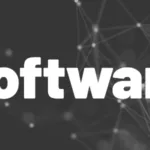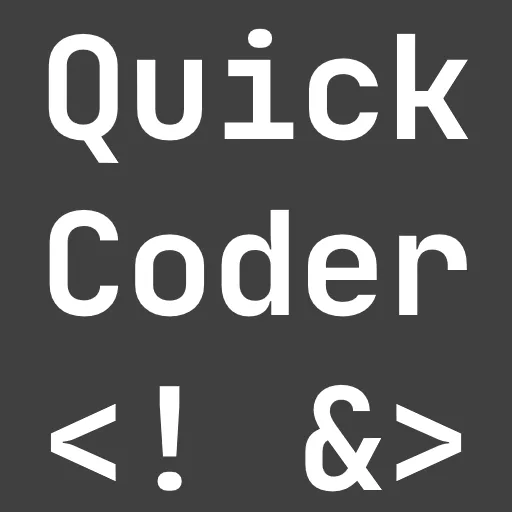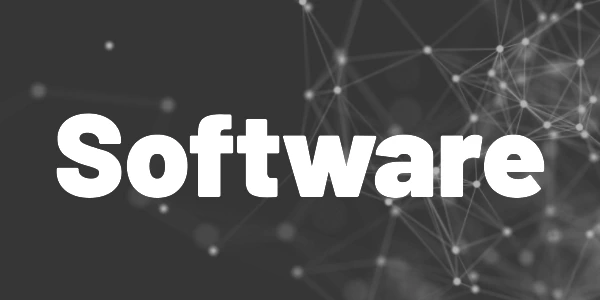Microsoft Loop entered its public preview phase and is ready to challenge Notion. Here’s my in-depth review of the current state.
As you probably know, I am a big fan of Notion. It’s my daily companion for writing, taking notes, tracking tasks, and collecting tax information. I can’t think of any other app that is more relevant for me right now. However, there is a new competitor on the horizon: Microsoft Loop. We will have a first look at it and answer the question if it is better than Notion.
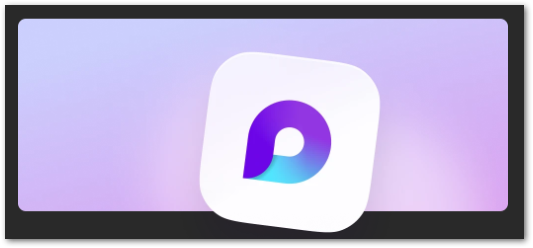
Microsoft Loop has entered its public preview phase, and it’s ready to challenge Notion as the go-to app for productivity and collaboration. On paper, both apps offer similar features, such as the ability to create and manage notes, tasks, and projects. However, there are some key differences between the two. In this blog post, I’ll provide an in-depth review of Microsoft Loop, comparing its features, usability, and pricing with Notion. By the end of this post, you’ll be able to decide if Microsoft Loop is already worth a try or just a waste of time at this point.
?
Hint
This article contains Notion affiliate links. If you order a paid package, I receive a commission without any extra costs for you!
What is Microsoft Loop?
Microsoft Loop is a new app that combines the best of Microsoft Teams, Outlook, and OneNote. Loop allows you to create and manage notes, tasks, and projects, and collaborate with your team in real-time. One of the standout features of Loop is the ability to create “loops.” Loops are like channels in Microsoft Teams or Slack, but they’re designed specifically for collaboration on notes and tasks. You can invite team members to a loop and work together on a project or task.
Another unique feature of Loop is the ability to integrate with other Microsoft apps. For example, you can create a task in Loop and assign it to someone in Microsoft Teams. You can also add a Loop note to an Outlook email or calendar invite. These integrations make it easy to stay organized and collaborate with your team, without switching between apps.
Microsoft Loop is still in a preview phase so you cannot expect it to be anywhere near as good and feature-rich as Notion.
User interface
At first glance, it appears similar to Notion. On the left, there is a collapsible panel that displays your workspaces, pages, favorites, settings, and more. Pages can have up to 5 subpage levels. Unlike Notion, there is more space between the items, which I appreciate. However, this will require more scrolling as your number of pages grows.
A page consists of a cover image, an icon, a heading, and a content section. There are also 10 predefined templates available that you can use to create pages faster. Pages also have a maximum width and you cannot stretch them to fill the available space.
The display language is the language you have defined in your Microsoft account. The app does not provide an option to change the display language. If you want to use a different language, you must change it in your Microsoft account.
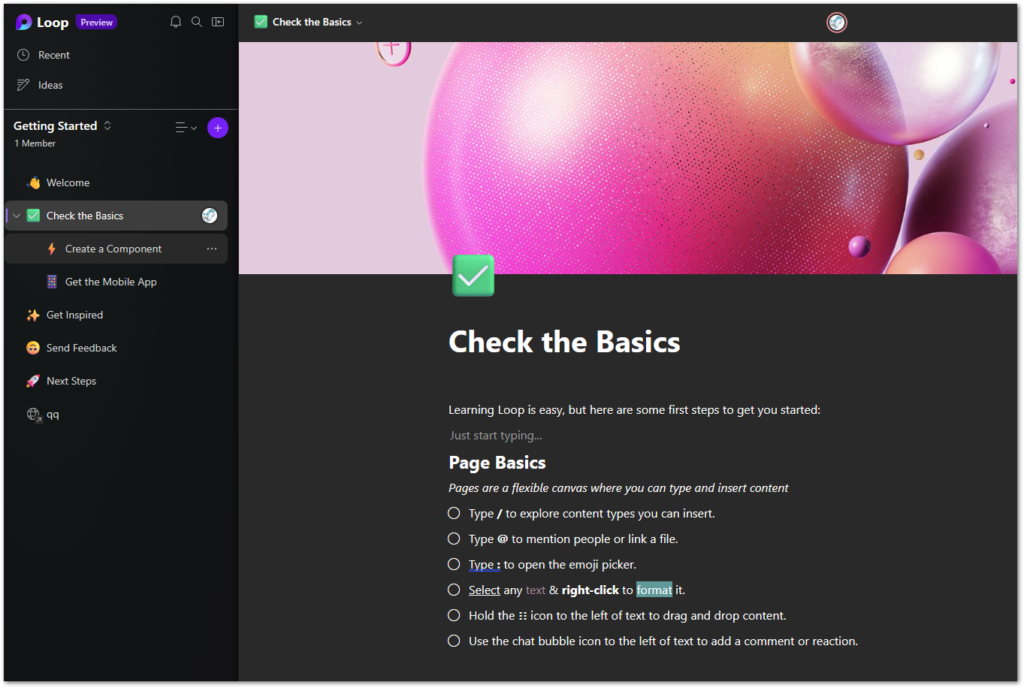
In Loop, you can select any block and create a Loop component. This component can be embedded in other pages or Microsoft applications like Teams, and can be edited from anywhere. This is an interesting concept, and I can think of multiple use cases in team projects that could benefit from this feature.
When you select text in Notion, an option menu immediately pops up to change font style, colors, size, and so on. In Loop, you have to right-click (in the web version). This is a bit annoying but not a major issue. However, it works fine in the mobile apps. Localization is also not perfect. Some UI elements seem to ignore the language setting in your Microsoft account. There is definitely room for improvement.
Overall, I like the design and style. It appears fresh and playful. In terms of functionality, it’s still a long way for Loop to catch up with Notion.
| Notion | Loop | |
|---|---|---|
| Can change display language | ✅ | ⛔ (only via Microsoft account) |
| Pages can have more than 5 subpages | ✅ | ⛔ |
| Pages can be stretched | ✅ | ⛔ |
| Link pages | ✅ | ✅ |
| Embed pages in other pages | ✅ | ✅ (via Loop components) |
| Share pages | ✅ | ✅ |
| Apps for multiple environments | ✅ (Desktop, web, mobile) | ✅ (Web, mobile) |
| Multi-column page layout | ✅ | ⛔ |
Pages and page elements
This is where Notion shines in comparison to Loop. Loop currently offers 16 options of elements to choose from. Notion, however, lets you choose from around 100 possibilities, with lots of basic blocks, media element blocks, database blocks, AI blocks, and a massive list of embeds from countless third-party tools. Needless to say, a Notion page can be way more powerful than a Loop page.
Apart from the fact that the number of page elements is low, they also lack some essentials features. When you use the image block, you can only select an image from your device in Loop. Notion can also embed images from an URL and has an integrated search function for Unsplash. Tables in Microsoft Loop are more powerful than the ones in Notion, but they can’t compete with databases. It’s something in between.
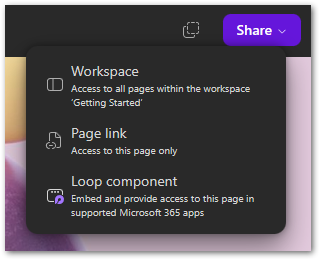
Sharing options are available and you can select between read-only access or grant edit rights to anyone that receives the link. It is possible to share entire pages or only parts of it. In the second case, they need to be converted to Loop elements. I couldn’t manage to grant access to specific people. This options seems not to be working at the moment. But I like that a sharing link can expire or can be protected with a password. That can prevent abusive behavior.
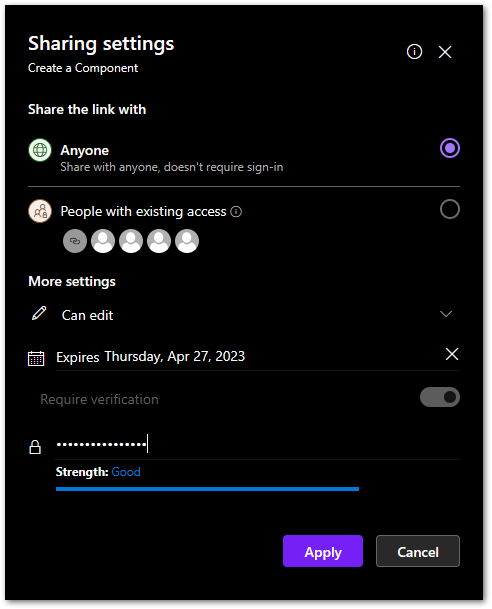
⛔
Error
The password protection feature seems to be broken at the moment. An error message appears when you set it.
In short, Microsoft Loop provides enough functionality for basic pages. However, if you rely heavily on embeddable content, you will likely prefer Notion.
Want More Flutter Content?

Join my bi-weekly newsletter that delivers small Flutter portions right in your inbox. A title, an abstract, a link, and you decide if you want to dive in!
AI features
Loop has AI features, but I cannot test them at the moment because the option is not available to me.
However, I expect the AI capabilities to be very similar between Notion and Loop. The big difference will be how well they are integrated into the apps. Notion did a pretty good job because the AI can generate page elements depending on the task. This is a major benefit which Loop should also aim for.
Just adding AI capabilities isn’t enough anymore. They must be well-integrated to be useful. Notion AI will be hard to beat.
| Notion | Loop | |
|---|---|---|
| Generate content from current page | ✅ | ❔ |
| Edit or review current page | ✅ | ❔ |
| Draft options | ✅ | ❔ |
Templates
There are currently 10 predefined templates available, which cover various use cases such as meeting notes, project planning, a product wiki, or an issue tracker.
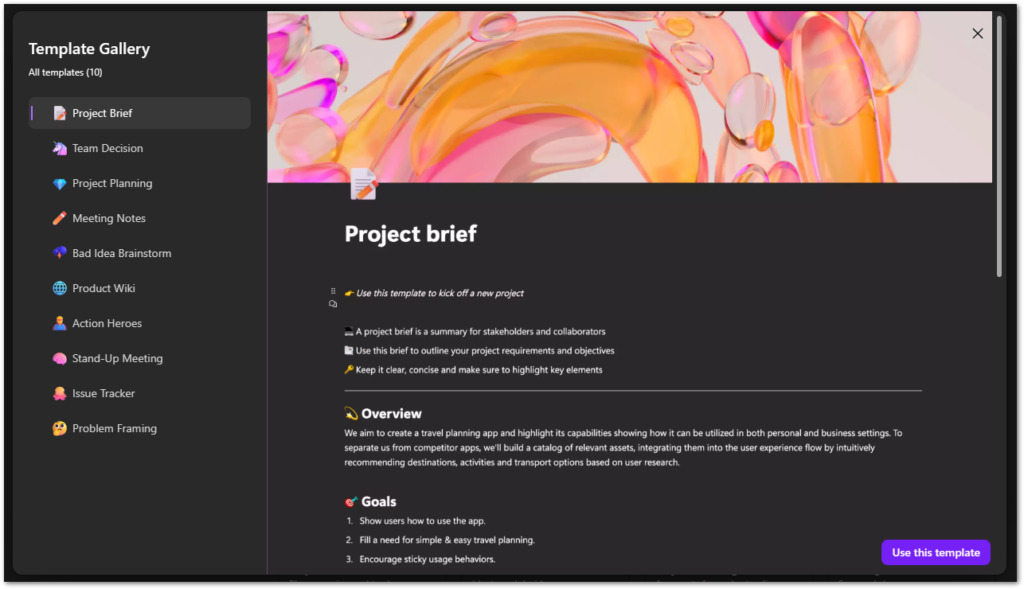
The predefined templates are rather simple, as there is only a limited number of insertable page elements, such as tables, checklists, trackers, or mentions. Currently, there is no option to create a template, but if this feature becomes available in the future, many more templates will be accessible.
| Notion | Loop | |
|---|---|---|
| More than 10 templates available | ✅ | ⛔ |
| Create own templates | ✅ | ⛔ |
| Share templates | ✅ | ⛔ |
Pricing
Notion has a generous free plan and offers other plans that target small and large teams. In general, you pay per user and month. Prices start at 8$ and month. AI features cost additional fees, but it’s worth the money in my opinion.
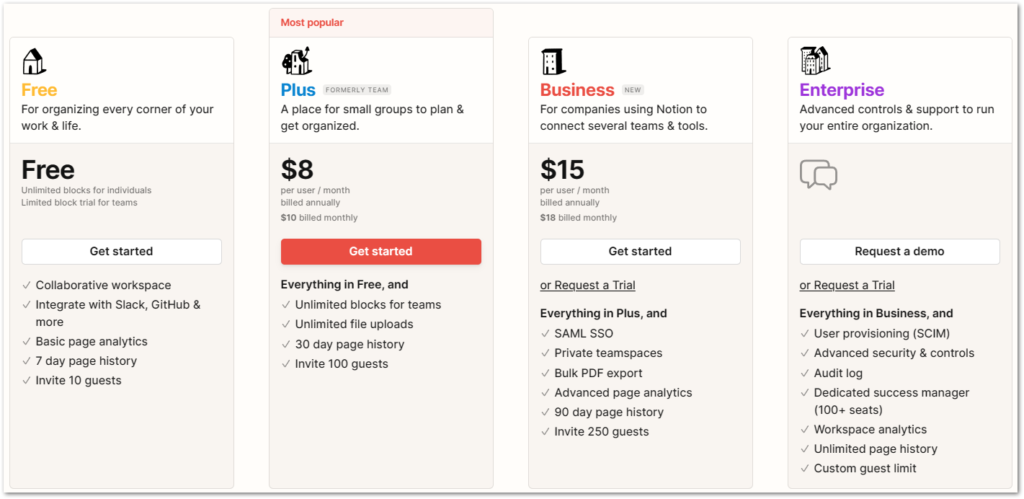
The pricing options for Microsoft Loop have not been published yet. It is possible that Loop will be integrated into the Microsoft 365 package, meaning that every customer will automatically have access to Loop without further action. It is unclear if Loop will be available for purchase as a standalone application. However, with the current rumors about separating the Teams app from the Microsoft 365 package to comply with EU regulators, it would not be surprising if Microsoft does the same with Loop.
If Loop were to have a price tag, it would be comparable to Notion.
Conclusion
It’s obvious that Loop cannot compete with Notion in its current state. There are too few templates, customization options, and features. However, Loop is still in a preview phase, and Microsoft has already proven with Teams that they can challenge market leaders like Slack. The integration of Loop into the Microsoft 365 package will give many people instant access to it, which might significantly boost its market share.
But it all comes down to features. If Microsoft puts in the necessary effort, Loop can become a serious threat to Notion. I am pretty sure that this will take at least two years. During that time, Notion can come up with new ideas to maintain their number one spot in the market.
Related articles

